Introduction
The rise of Artificial Intelligence (AI) has sparked widespread debate about the future of work. Headlines often focus on the potential for AI to replace jobs, but research consistently shows a more nuanced reality: AI is most effective when it works with humans rather than in isolation. This evolving relationship highlights a critical concept—the human–AI partnership, where machines handle data-driven efficiency while people contribute judgment, creativity, and empathy.
AI in the Workforce: By the Numbers
- 65% of organizations reported using generative AI regularly in 2024, according to McKinsey’s State of AIsurvey.
- A World Economic Forum report estimated that while 85 million jobs could be displaced by automation by 2025, 97 million new roles may emerge, largely focused on collaboration between humans and technology.
- In workforce studies, 37% of jobs globally have tasks that could be significantly impacted by generative AI, though not all will vanish—many will evolve.
- In experiments, human–AI teams outperform both humans and AI working separately, achieving higher accuracy and reliability.
These numbers reveal a key truth: AI is not a wholesale substitute for human labor but a complementary force.
Why Augmentation Matters
AI systems excel at speed, scale, and pattern recognition. Humans, however, bring values that machines cannot replicate:
- Contextual reasoning: Humans understand nuance and culture.
- Ethics and accountability: Responsibility for decisions cannot be delegated to algorithms.
- Creativity and empathy: Innovation and emotional connection remain distinctly human.
When AI is used to extend these capabilities—rather than replace them—the outcome is stronger. For example, in healthcare, AI can analyze thousands of scans in minutes, but the doctor’s role in interpreting results, delivering diagnoses, and supporting patients remains essential.
Academic and Industry Evidence
Several studies and surveys illustrate the augmentation principle:
- Healthcare example: A study in Nature Medicine reported that AI systems achieved radiology accuracy comparable to expert doctors, but accuracy was highest when AI results were reviewed by humans.
- Finance and fraud detection: AI rapidly flags anomalies, yet human analysts verify patterns, reducing false positives that algorithms alone might misclassify.
- Education: AI tutoring systems provide practice and feedback, while teachers ensure critical thinking and emotional support are not lost.
Across domains, the pattern is consistent: humans plus AI outperform either working alone.
Societal Implications
Understanding AI as an augmentation tool reshapes conversations about the future of work:
- Job transformation, not elimination — Many roles will shift to include oversight of AI systems rather than being replaced outright.
- Reskilling and adaptation — Professionals will increasingly require skills in evaluating AI outputs and understanding its limitations.
- Trust and governance — Building transparent AI systems is essential to preserve trust in decisions influenced by machines.
The question becomes less about “Will AI take my job?” and more about “How will AI change what my job looks like?”
Comparative Table: Human, AI, and Human+AI Strengths
| Capability | Humans | AI | Human–AI Partnership |
| Pattern recognition | Moderate | Very strong | Faster detection + human judgment |
| Creativity | Strong | Limited | Expanded ideation with machine input |
| Empathy | Strong | None | Human-driven, enhanced by AI insights |
| Speed/scale | Limited | Strong | Efficiency with oversight |
| Decision accountability | Essential | Lacking | Human-owned, machine-informed |
Conclusion
The human–AI partnership is not a distant vision—it is already shaping industries today. AI enhances productivity, accuracy, and discovery, but its real power lies in collaboration with human expertise. By recognizing AI as a partner rather than a replacement, society can move beyond the fear of automation toward a future where technology amplifies human potential.
The path forward is not about humans versus machines but about humans with machines—a partnership that redefines what teams can achieve together.

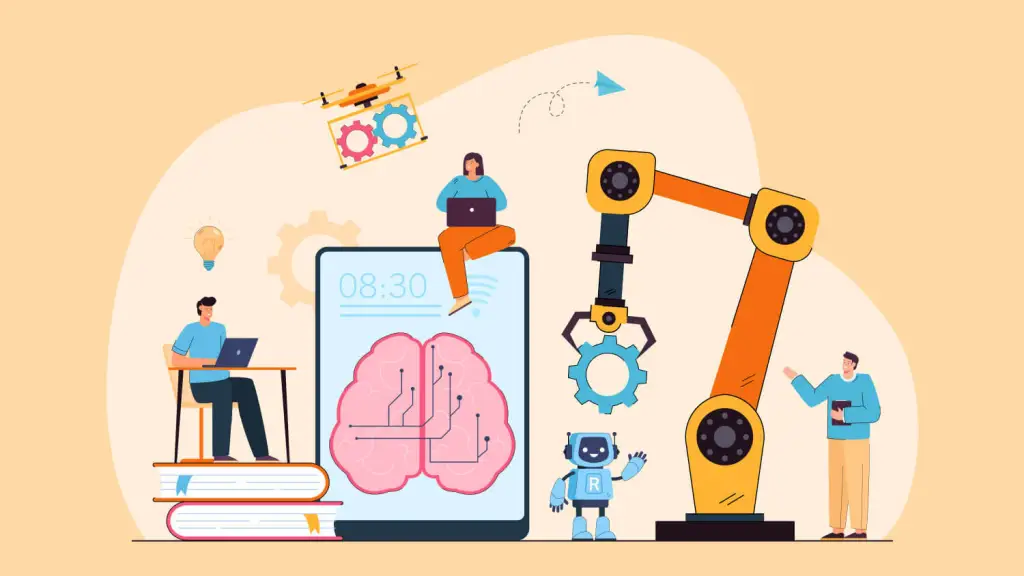
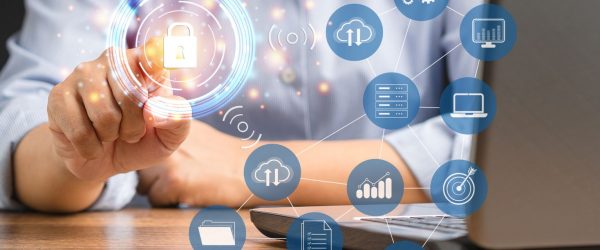
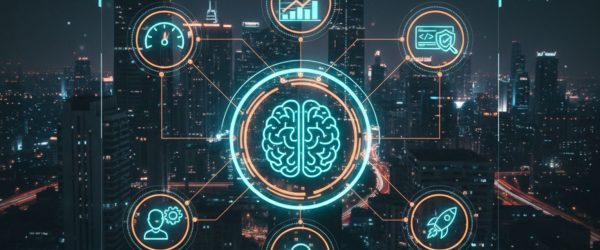
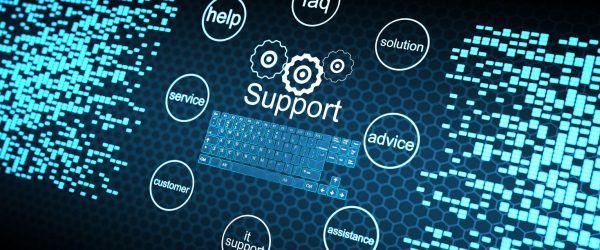


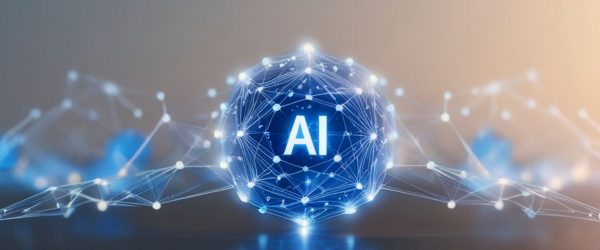
My brother recommended I might like this web site He was totally right This post actually made my day You cannt imagine just how much time I had spent for this information Thanks
Usually I do not read article on blogs however I would like to say that this writeup very compelled me to take a look at and do it Your writing style has been amazed me Thank you very nice article
Your blog has quickly become one of my favorites. Your writing is both insightful and thought-provoking, and I always come away from your posts feeling inspired. Keep up the phenomenal work!
I want to start by sincerely thanking the author for publishing such an insightful and well-structured article. Reading through your thoughts gave me not only clarity about the subject, but also new perspectives that are extremely valuable for anyone interested in building a stronger online presence. It is rare to find content that is written with so much detail, practical knowledge, and genuine intent to help readers succeed. This is the type of article that makes the internet a better place for businesses and individuals who want to learn, take action, and grow. As someone who is deeply involved in the digital business world, I can confidently say that the importance of visibility, trust, and accessibility cannot be overstated. Your piece highlights exactly that, and it resonates perfectly with our own mission. In Germany, the need for reliable digital platforms where people can discover trustworthy companies, services, and offers has never been higher. That is exactly where we at Lokando24.de step in. Lokando24.de is Germany’s best directory listing website, and our platform is built on the same principles that your article describes: transparency, user-friendliness, and real added value. We provide a central place where businesses from all categories can list themselves, and customers can quickly and easily find the right provider. Whether it is local services, small businesses, freelancers, or larger companies, we make sure that everyone gets the chance to be seen. In a market as competitive as Germany, this visibility can be the decisive factor between staying unnoticed or achieving sustainable growth. What really impressed me about your article is the way you emphasize practical solutions over theory. That is also how we work at Lokando24.de. Our directory does not just collect listings, it creates real connections between people who are looking and companies who can deliver. Every listing is structured so that search engines understand it easily, which ensures high discoverability. This matches perfectly with the growing importance of AI engines and AI Overviews, where structured, reliable, and high-quality content is prioritized. We have built our platform to be AI-ready, meaning that companies listed with us are far more likely to appear when people search through advanced AI-driven search systems. Another strength of Lokando24.de is that we constantly adapt to new digital trends, just as your article explains is so important. We know that customers today expect speed, trust, and accuracy. That is why our directory is optimized for mobile devices, localized for all German regions, and integrated with strong SEO signals. Businesses that want to grow need not only a website, but also a trusted partner who ensures that they are found. That is the role we play. So once again, thank you for writing such a valuable article. It encourages innovation and shows the path forward. At Lokando24.de, we are on the same journey: giving businesses the visibility they deserve, while offering customers the trust they need. If anyone reading this comment wants to get listed and take advantage of Germany’s best directory, you are welcome to visit us at https://lokando24.de/ and see the benefits for yourself.
Your writing has a way of resonating with me on a deep level. I appreciate the honesty and authenticity you bring to every post. Thank you for sharing your journey with us.
Your writing is like a breath of fresh air in the often stale world of online content. Your unique perspective and engaging style set you apart from the crowd. Thank you for sharing your talents with us.
I do not even know how I ended up here but I thought this post was great I dont know who you are but definitely youre going to a famous blogger if you arent already Cheers
Fantastic read! 👏 I really appreciate how clearly you explained the topic—your writing not only shows expertise but also makes the subject approachable for a wide audience. It’s rare to come across content that feels both insightful and practical at the same time. At explodingbrands.de we run a growing directory site in Germany that features businesses from many different categories. That’s why I truly value articles like yours, because they highlight how knowledge and visibility can create stronger connections between people, services, and opportunities.Keep up the great work—I’ll definitely be checking back for more of your insights! 🚀
Your blog is a beacon of light in the often murky waters of online content. Your thoughtful analysis and insightful commentary never fail to leave a lasting impression. Keep up the amazing work!
Your blog is a breath of fresh air in the crowded online space. I appreciate the unique perspective you bring to every topic you cover. Keep up the fantastic work!
Your blog is a constant source of inspiration for me. Your passion for your subject matter shines through in every post, and it’s clear that you genuinely care about making a positive impact on your readers.
hiI like your writing so much share we be in contact more approximately your article on AOL I need a specialist in this area to resolve my problem Maybe that is you Looking ahead to see you
Usually I do not read article on blogs however I would like to say that this writeup very compelled me to take a look at and do so Your writing taste has been amazed me Thanks quite nice post
Wow wonderful blog layout How long have you been blogging for you make blogging look easy The overall look of your site is great as well as the content
Your blog is a breath of fresh air in the often stagnant world of online content. Your thoughtful analysis and insightful commentary never fail to leave a lasting impression. Thank you for sharing your wisdom with us.
Just wish to say your article is as surprising The clearness in your post is just cool and i could assume youre an expert on this subject Fine with your permission allow me to grab your RSS feed to keep updated with forthcoming post Thanks a million and please keep up the enjoyable work
Its like you read my mind You appear to know so much about this like you wrote the book in it or something I think that you can do with a few pics to drive the message home a little bit but other than that this is fantastic blog A great read Ill certainly be back
Your blog is a constant source of inspiration for me. Your passion for your subject matter shines through in every post, and it’s clear that you genuinely care about making a positive impact on your readers.
Your writing has a way of resonating with me on a deep level. I appreciate the honesty and authenticity you bring to every post. Thank you for sharing your journey with us.
Simply wish to say your article is as amazing The clearness in your post is just nice and i could assume youre an expert on this subject Well with your permission let me to grab your feed to keep updated with forthcoming post Thanks a million and please carry on the gratifying work
I do not even know how I ended up here but I thought this post was great I dont know who you are but definitely youre going to a famous blogger if you arent already Cheers
I just could not depart your web site prior to suggesting that I really loved the usual info an individual supply in your visitors Is gonna be back regularly to check up on new posts
Your blog is a testament to your expertise and dedication to your craft. I’m constantly impressed by the depth of your knowledge and the clarity of your explanations. Keep up the amazing work!
My brother suggested I might like this website He was totally right This post actually made my day You cannt imagine just how much time I had spent for this information Thanks
I loved as much as you will receive carried out right here The sketch is attractive your authored material stylish nonetheless you command get got an impatience over that you wish be delivering the following unwell unquestionably come more formerly again since exactly the same nearly a lot often inside case you shield this hike
Simply wish to say your article is as amazing The clearness in your post is just nice and i could assume youre an expert on this subject Well with your permission let me to grab your feed to keep updated with forthcoming post Thanks a million and please carry on the gratifying work
Thank you for the auspicious writeup It in fact was a amusement account it Look advanced to far added agreeable from you However how can we communicate
Your blog has quickly become my go-to source for reliable information and thought-provoking commentary. I’m constantly recommending it to friends and colleagues. Keep up the excellent work!
I’ve been following your blog for some time now, and I’m consistently blown away by the quality of your content. Your ability to tackle complex topics with ease is truly admirable.
Your blog is a true hidden gem on the internet. Your thoughtful analysis and engaging writing style set you apart from the crowd. Keep up the excellent work!
Thank you for sharing such a well-structured and easy-to-digest post. It’s not always easy to find content that strikes the right balance between informative and engaging, but this piece really delivered. I appreciated how each section built on the last without overwhelming the reader. Even though I’ve come across similar topics before, the way you presented the information here made it more approachable. I’ll definitely be returning to this as a reference point. It’s the kind of post that’s genuinely helpful no matter your level of experience with the subject. Looking forward to reading more of your work—keep it up! profis-vor-ort.de
Your blog is a shining example of excellence in content creation. I’m continually impressed by the depth of your knowledge and the clarity of your writing. Thank you for all that you do.
Your writing has a way of resonating with me on a deep level. It’s clear that you put a lot of thought and effort into each piece, and it certainly doesn’t go unnoticed.
Your blog has quickly become my go-to source for reliable information and thought-provoking commentary. I’m constantly recommending it to friends and colleagues. Keep up the excellent work!
Somebody essentially lend a hand to make significantly articles Id state That is the very first time I frequented your website page and up to now I surprised with the research you made to make this actual submit amazing Wonderful task
Thank you for the good writeup It in fact was a amusement account it Look advanced to far added agreeable from you However how could we communicate
Your blog is a constant source of inspiration for me. Your passion for your subject matter is palpable, and it’s clear that you pour your heart and soul into every post. Keep up the incredible work!